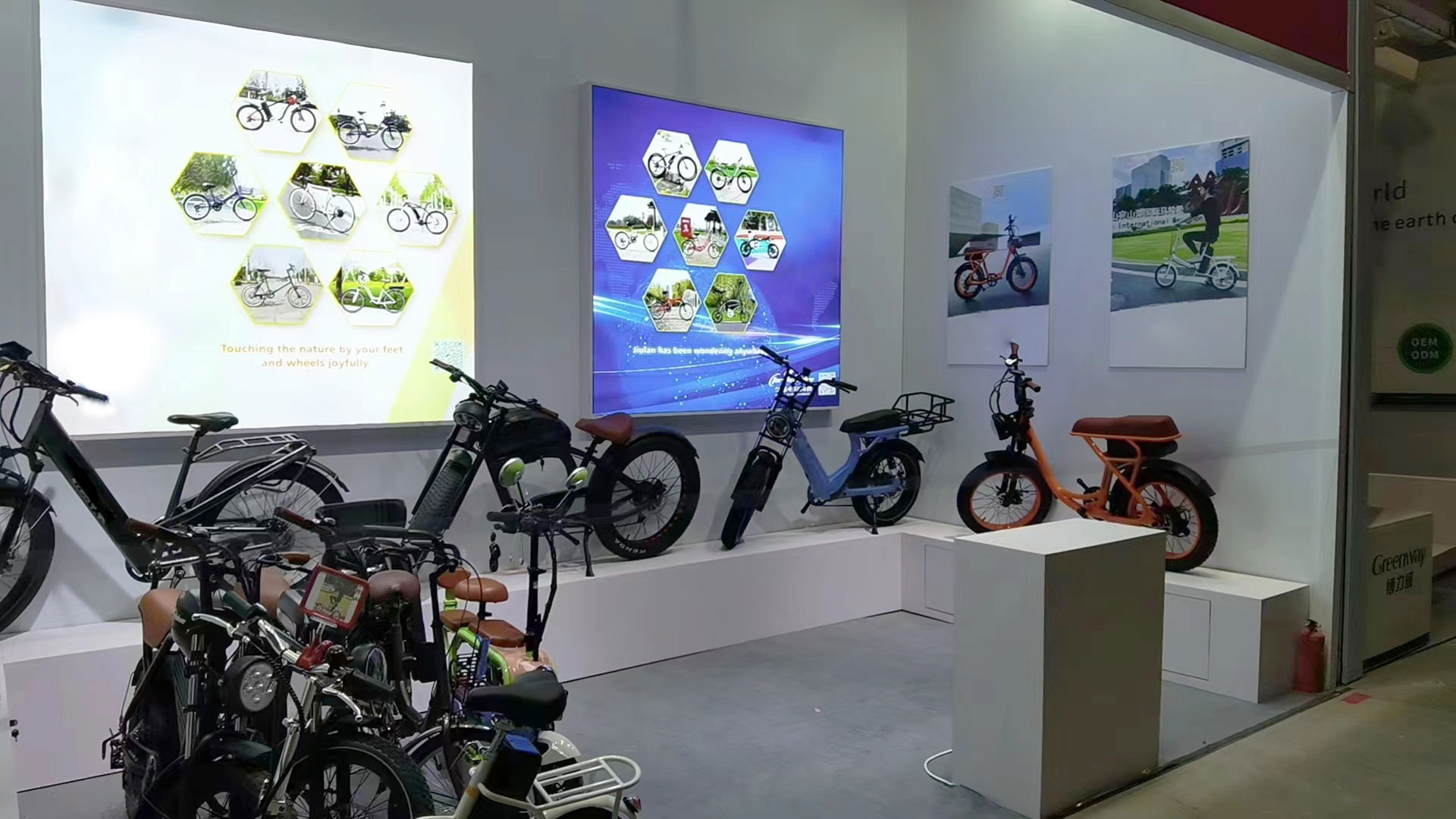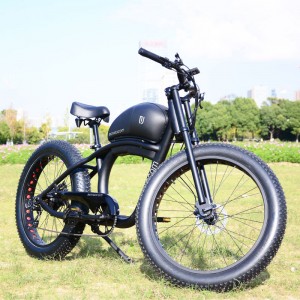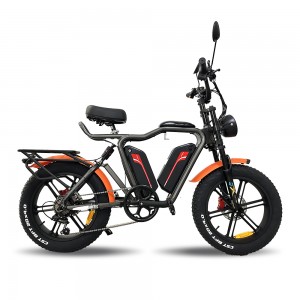Electric bicycles (e-bikes) are gaining popularity as an environmentally friendly and efficient mode of transportation. Combining the convenience of traditional bicycles with modern technology, e-bikes offer users a comfortable and convenient commuting experience.The working principle of an electric bicycle can be summarized as the fusion of human pedaling and electric assistance. Electric bicycles are equipped with an electric drive system comprising a motor, battery, controller, and sensors. These components work together to allow cycling to be powered by human effort or aided by the electric assistance system.
1.Motor: The core of an electric bicycle is the motor, responsible for providing additional power. Typically located in the wheel or central part of the bike, the motor turns gears to propel the wheels. Common types of electric bicycle motors include mid-drive motors, rear hub motors, and front hub motors. Mid-drive motors provide balance and handling advantages, rear hub motors offer smoother rides, and front hub motors provide better traction.
2.Battery: The battery is the energy source for electric bicycles, often using lithium-ion technology. These batteries store a significant amount of energy in a compact form to power the motor. Battery capacity determines the e-bike's electric assistance range, with different models equipped with varying battery capacities.
3.Controller: The controller acts as the intelligent brain of the electric bicycle, monitoring and controlling the motor's operation. It adjusts the level of electric assistance based on rider needs and riding conditions. Modern e-bike controllers can also connect to smartphone apps for smart control and data analysis.
4.Sensors: Sensors continuously monitor the rider's dynamic information, such as pedaling speed, force, and wheel rotation speed. This information helps the controller decide when to engage the electric assistance, ensuring a smooth riding experience.
The operation of an electric bicycle closely relates to the interaction with the rider. When the rider starts pedaling, sensors detect the force and speed of the pedaling. The controller uses this information to determine whether to activate the electric assistance system. Typically, when more power is required, the electric assistance provides additional propulsion. When riding on flat terrain or for exercise.
- Previous: Are electric mopeds easy to drive?
- Next: How much electricity does a electric scooter use?
Post time: Aug-12-2023






